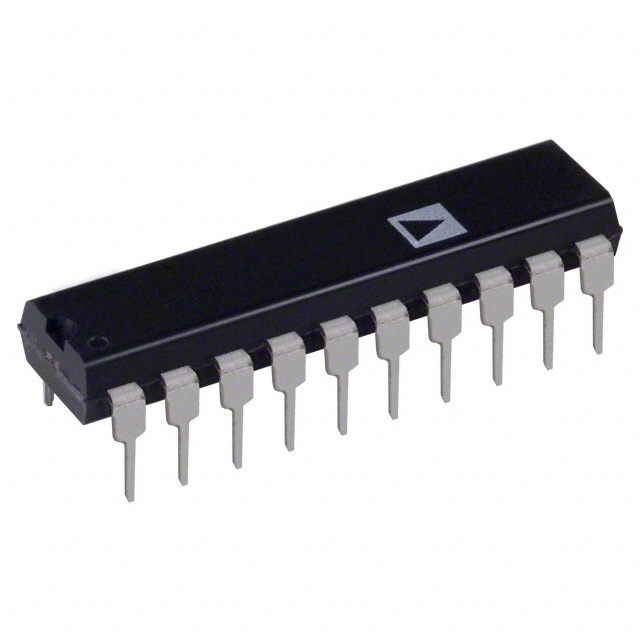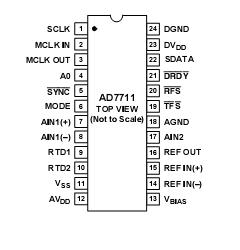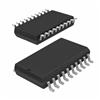AD7711: Features: Charge Balancing ADC24 Bits No Missing Codes60.0015% NonlinearityTwo-Channel Programmable Gain Front EndGains from 1 to 128One Differential InputOne Single-Ended InputLow-Pass Filter with ...
floor Price/Ceiling Price
- Part Number:
- AD7711
- Supply Ability:
- 5000
Price Break
- Qty
- 1~5000
- Unit Price
- Negotiable
- Processing time
- 15 Days
SeekIC Buyer Protection PLUS - newly updated for 2013!
- Escrow Protection.
- Guaranteed refunds.
- Secure payments.
- Learn more >>
Month Sales
268 Transactions
Payment Methods
All payment methods are secure and covered by SeekIC Buyer Protection PLUS.

 AD7711 Data Sheet
AD7711 Data Sheet








